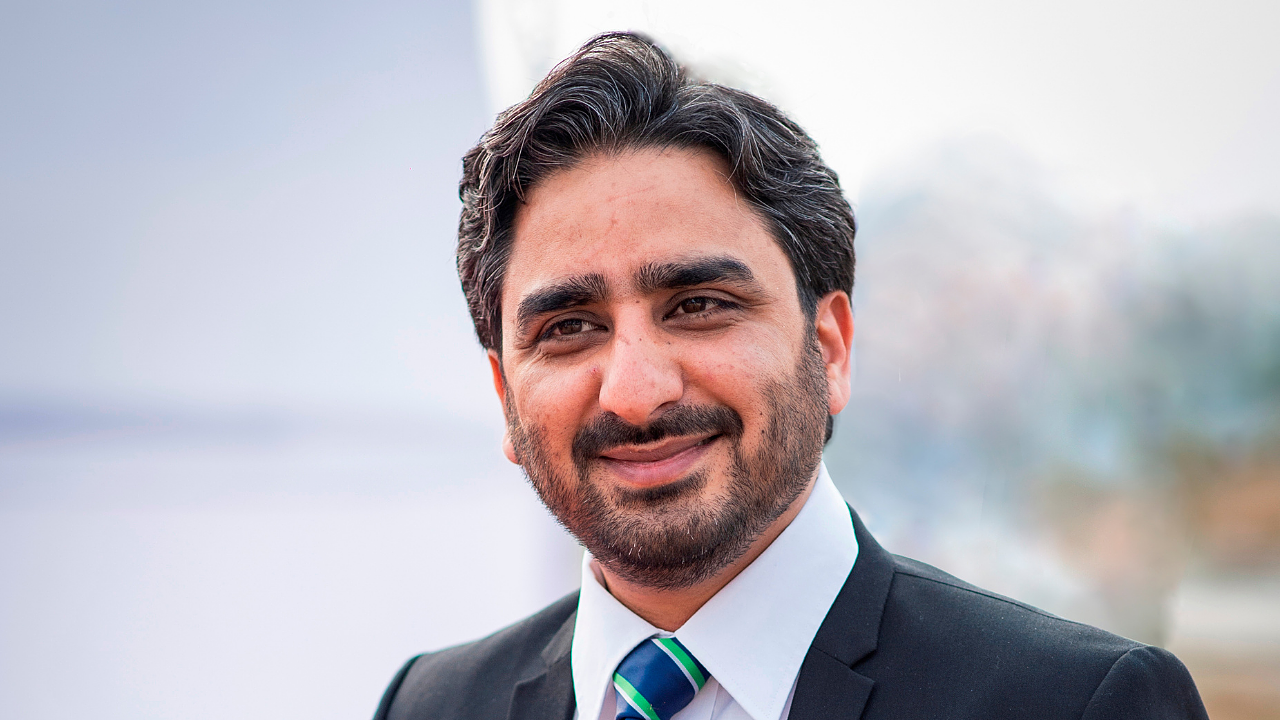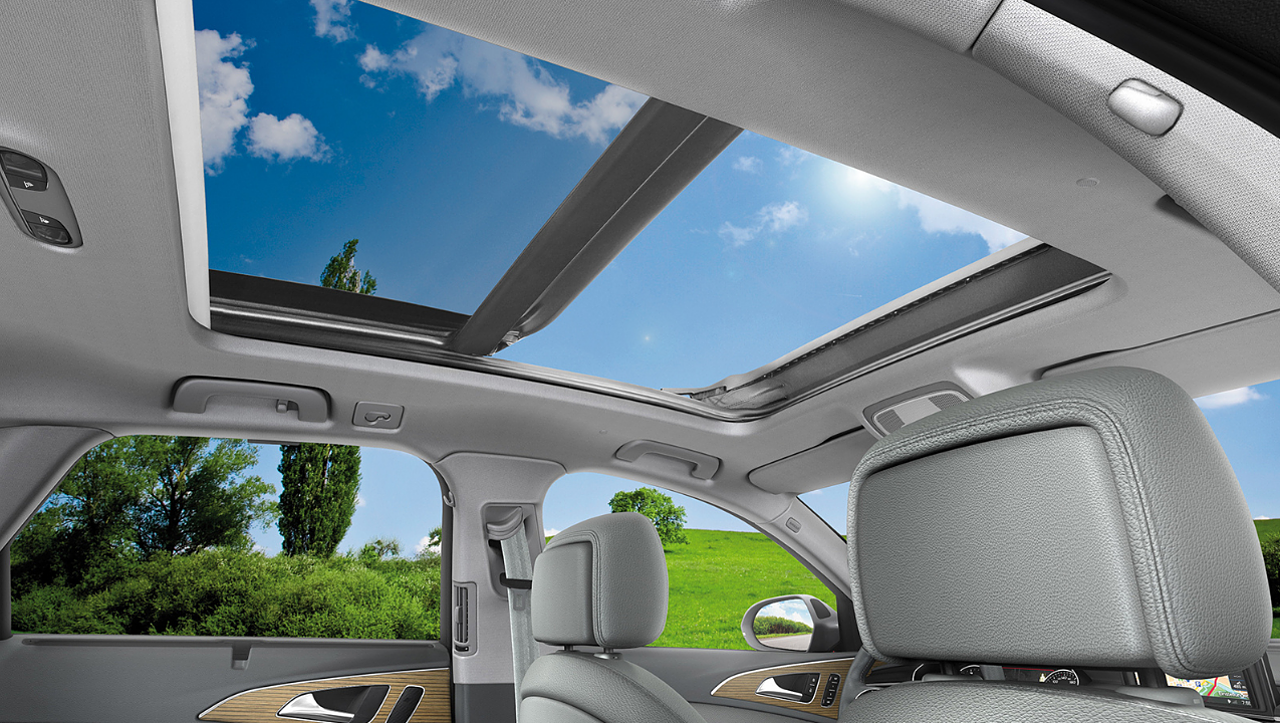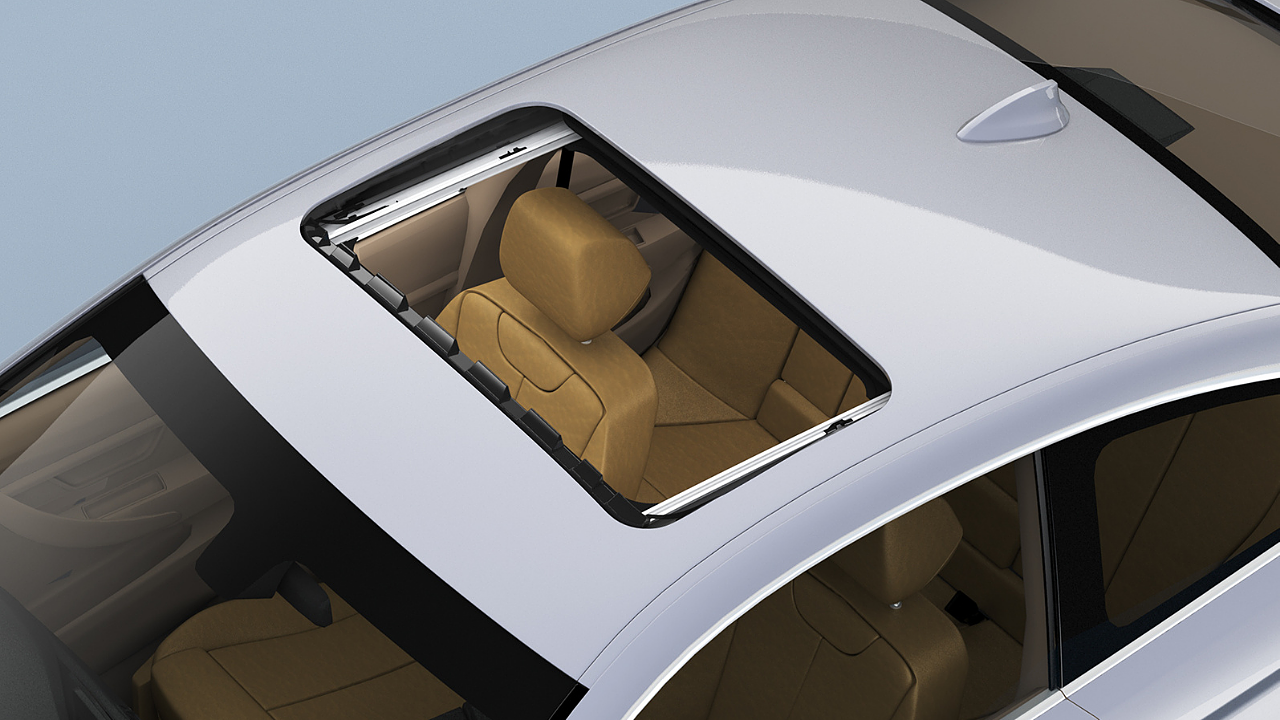
Vikas Prasad is currently the President & Managing Director of Webasto Roofsystems India. He is also the Director on Board of the company and leads its strategic growth. He has a PhD in business evaluation M&A from the University of Cambridge and was a visiting facility in UK universities. He is a mechanical engineer from Delhi College of Engineering, and did his masters in international business from the Delhi School of Economics.
How has the growth story of Webasto Roofsystems India been progressing?
Initially, roof systems were not very popular and not considered a 'must-have' product in India. Growth was seen when OEMs realised a sunroof as a feature brought additional value to the look and feel of a vehicle. The young generation is attracted to the feature, and it became a delight to the car enthusiasts. Moreover, we have seen a 'feature fight' among OEMs, and one product leading the fight is a sunroof.
In our market surveys and research during 2015-16, we found out that Indian consumers preferred sunroof in their cars. In the B & C segments, the penetration is almost negligible. This study was the trigger point for us. We began our activities and created awareness with customer clinics. From 2018 onwards, we saw the results of the efforts. Now we can see the demand for sunroofs increasing.
The management was keen and committed to the localisation to offer benefits to end customers and support the Make in India drive by the Indian government. All OEMs supported and encouraged us; one of the European OEMs showed confidence and awarded us a project with localised content.

Can you tell us about the upcoming facility?
As we speak, our new plant is getting ready; it's a bigger plant spread over 200,000 sq ft including space for possible future expansion. More than 50% of the construction is done, and work is progressing on a war-footing. We will be supplying sunroofs to our customer from this plant. This journey was a bit challenging, especially due to the COVID-19 impact. We have had many challenges to solve, which were never thought off earlier.
I remember our first production line installation in the middle of the COVID-19 crisis. None of our foreign colleagues could travel to India due to restrictions. As we say, ‘we always find a way, when it is needed the most’, we approached an Indian line manufacturer to support us so that we could install and commission the production line with the help of Microsoft Teams and via VR glasses. This was done for the first time in our 120 years of history.
Was the entire plant commissioned using these methodologies?
Yes, nobody believed it. When we came up with this idea, it was challenging in all respect, as none of our colleagues could travel from other locations due to COVID-19 restrictions. However, we learnt a lot during this installation and commissioning, and also realised this could be a way to support other plants in future.
How do you see the current fiscal situation?
Unfortunately, the second wave was un-imaginable, and businesses were brutally impacted. The entire industry suffered due to casualty, labour shortages, demand-supply gap and semiconductor shortages. However, we managed our supply chain and projects well as we were ahead of time in ordering. So far, Webasto in India is not impacted severely as we are ramping up for the new project, but needless to say, expenses shot up during this time.
Gladly, our task force team (TFT) did a great job in managing the workplace safety and operability as per the guidelines. TFT kept a close eye on the development and reassessing the situation each day in close contact with the customer and our headquarters.

Will the manufacturing operations have dedicated production lines?
We have a modular design; we call it a 'Family' to fulfil all the segments and OEMs' needs. With its modularity and flexibility in design, our development time is significantly reduced, resulting in availability earlier in the market with options.
Were you not manufacturing some models of sunroofs already?
Yes, you are right. We were manufacturing sunroofs for OEMs and aftermarket for limited editions. We offered a localised Manual Tilt Roof for various OEMs. We were also awarded with roof hatches for the commercial vehicle segment for natural ventilation.
So, is the current start of production (SOP) the birth of the regular output for Webasto in India?
Yes, this SOP is the first series production for Webasto in India in terms of considerable volume.
Can you tell us about the capacity of the new plant?
We go by the projects and associated volumes. Webasto has a concept of multi-product lines; hence, we can produce similar families of roofs on the same production lines. On a single line, we can produce 200,000 to 240,000 roofs per year on a three-shift basis. Our new plant has space to produce more than 800,000 plus roofs, and further expansion is also possible.
How many lines are you setting up now?
We are setting up production lines progressively to fulfil the demand from the market, based on all the development projects that have already been acquired. We have planned four production lines to meet demand for the next two to three years. Therefore, capacity will increase to about 800,000 plus roofs by 2023.
Would the existing facility continue?
Depending on the progress of our new plant, we will move step-by-step into our new modern facility. After the line relocation is completed, we don't see a necessity for our current location.
What is the need to have another facility when you have a leased plant already?
The existing plant was not able to manage our growing needs. We wanted to expand our existing plant but couldn't due to supply chain concerns and space constraints. Hence, we decided to go for a new bigger plant. This movement also supports our drive for new products and offer cutting edge technologies in India as the market is very interesting for us.

Can you tell us about the plans for the R&D activities in India?
We have big plans for R&D activities in India, as we want to support our growing business needs. A tech centre is a must to fulfil this dream. We also planned to have many expats from Japan, Korea & Germany to ease the transition and share the know-how. Initially, we will start with application and design engineering. This drive will transform Webasto Roofsystems India as a self-reliant company and support other subsidiaries with the best cost and talent. We will be having about 60 engineers by year-end and grow continuously.
Globally, Webasto is expanding its product portfolio to batteries, electrical heaters and charging solutions. Do you see the scope to introduce these products in India?
We already entered the global market successfully with these new products and saw chances for us in this new segment in India. The Indian government is driving electromobility forward with various funding projects. We can also benefit from this with our high-performance products. So, we are open to the opportunity and working in this direction.
What is the road map?
We can see that the government wants to reduce their fiscal deficit by lowering petroleum imports and encouraging other renewables sources of energy. As a supplier, we understand this sense of urgency. However, we need to check and review the market potential because the batteries are currently a niche product.
Battery management is the technology to ensure output can be drawn seamlessly. Webasto has the know-how in this field, and with this knowledge, we are participating in this paradigm shift in the business.
EVs are a challenging business scenario. We need to create infrastructure well in advance of the actual volume demand from the market, and ensure proximity to OEMs to serve, as batteries are pretty heavy and transporting batteries is a big challenge. Being very heavy, the supply chain will be expensive. A battery may weigh 300 kg and more. Considering the size of the country, it may not be worthwhile shipping batteries from a distance point of view. So we need to review it. This is still under investigation.
Charging infrastructure is also the key, wherein Webasto is exploring market potential.
What is your plan for the next five years?
We have invested around INR 250 crore so far in expanding our capacities, including the new production lines. I am very bullish that we will grow exponentially. We have new project acquisitions in the pipeline. We also see that south of India is very interesting for us to support the business demand.